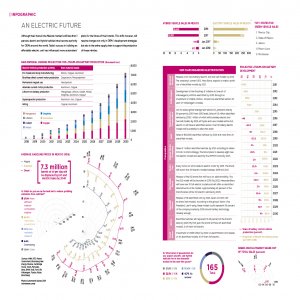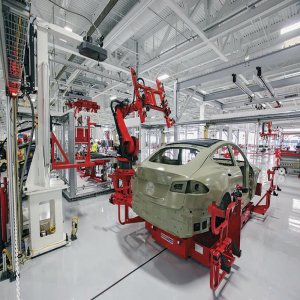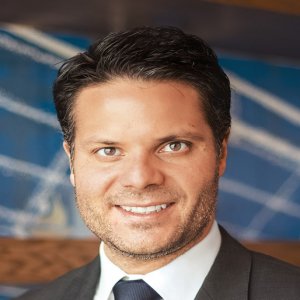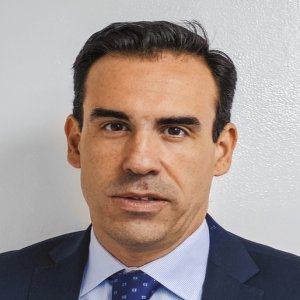Plastic Lightweighting the Next Step in Innovation

Plastic Lightweighting the Next Step in Innovation

STORY INLINE POST
Q: What percentage of EVCO Plastics’ global operations is focused on the automotive industry?
CG: About 15 percent of our global operations are destined to this industry. In Mexico, this sector represents 33 percent of EVCO’s business. Our main partners in the automotive sector are Tier 1 companies such as DENSO and Automotive Lighting. We also work with players that are not strictly automotive but are still related, including companies such as Caterpillar and John Deere as well as recreational-vehicle manufacturers Polaris and BRP in the production of all-terrain units and quads.
Q: How has EVCO Plastics harnessed the opportunities created by lightweighting?
HG: OEMs and Tier 1 suppliers seek lighter components that maintain dimensional stability, resistance and performance. The first stage of lightweighting is to change metal components for their plastic counterparts. The next stage is to reduce the weight of plastic components. EVCO Plastics works closely with CLAUT in this second stage.
CG: Metal has been increasingly substituted with plastic to reduce both costs and the vehicle’s weight, which also translates to a reduction in fuel consumption. Lightweighting has also given us the opportunity to serve new customers by participating in workshops with Polaris and BRP to change metal components for plastic ones in their recreational vehicles.
Q: What advantages has EVCO Plastics found in collaborating with CLAUT’s Automotive Center for Technological and Talent Development (DRIVEN)?
HG: As a Tier 2, EVCO Plastics is developing three main projects with DRIVEN. The first focuses on 3D-printed metal molds for plastic injection. Using these molds shortens the cooling cycle of plastic components, thus reducing costs. The second project focuses on reducing the weight of plastic components using new materials and nanotechnology.
The third is to create a strategic partnership with the plastic institutes of either Barcelona or Valencia to eventually develop innovation projects, which in turn could help EVCO Plastics improve in areas such as molding and tooling manufacturing.
Q: What is EVCO’s strategy to become and remain a competitive option in the plastics industry?
CG: We adapted several practices from the Toyota Production System. EVCO Plastics has been under transformation since 2009, following a continuous-improvement strategy and a lean-manufacturing philosophy.
Without these adaptations, EVCO would not be as competitive as it is in areas such as finances, inventory, operational efficiency, production control and the two most important indicators for our production: parts-per-million metrics for quality control and on-time deliveries.
HG: We have reduced our transportation and inventory costs within our supply chain. However, the main challenge of the plastics industry is that between 40 and 60 percent of the selling price of a component offsets the cost of raw materials. Most engineering plastic resins to produce components for the automotive, health, electronics and home appliances industries must be imported either from Asia or from the US, which hinders our production’s competitiveness.
Q: How ready is EVCO Plastics to face a possible increase in required regional content?
HG: Clients based in the US and Canada require engineering resins to be sourced in North America. Between 40 and 60 percent of our products are already sourced in the US and considering the amount of raw material procured in Mexico, we can deliver products with between 80 and 90 percent North-American content.
























